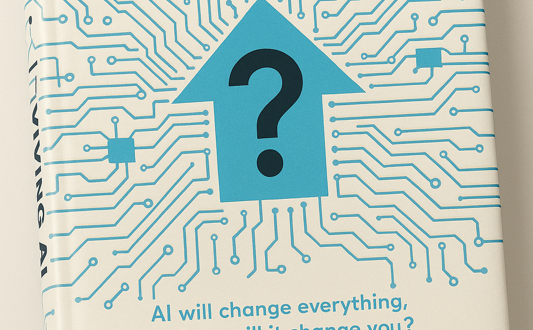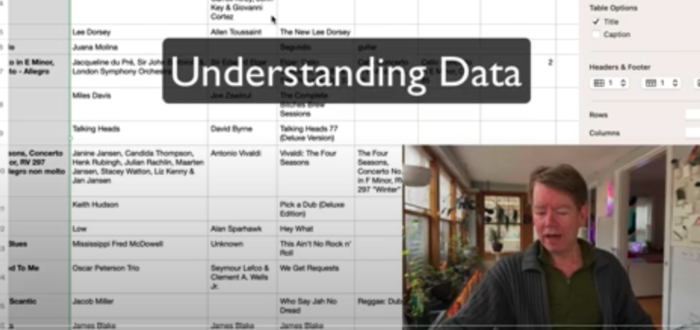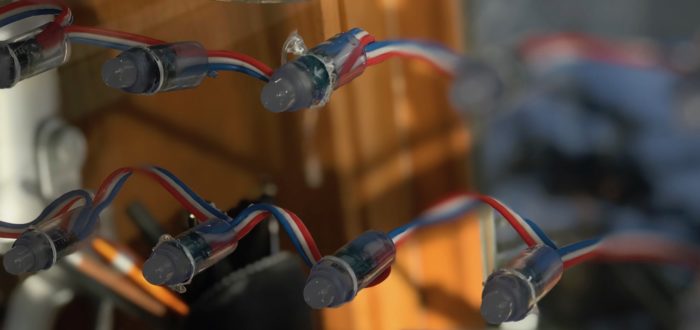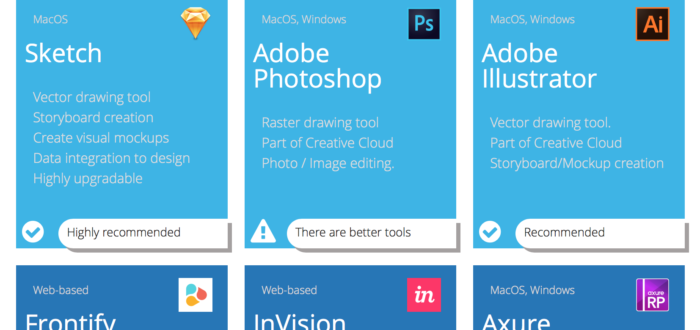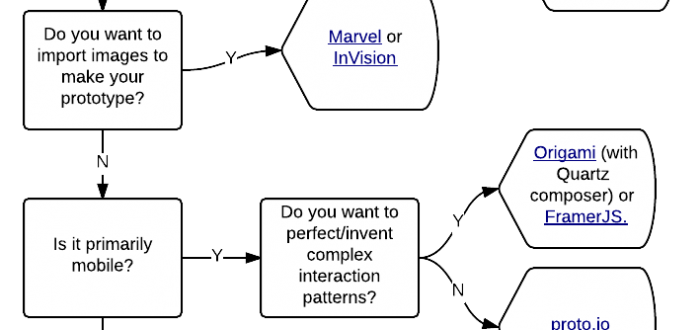GenAI is a hot topic, and we’re one year into recording our weekly discussion on all things AI. My co-host Jack Brzezinski has his doctorate in AI, and we spend a hour reviewing and discussing the changes the new world of Generative AI will bring. While initially an under appreciated research area, the paper “Attention
ABOUT InterFACE
At survivingai.art follow your own path to learn and strategize how this technology will change the way you work, act, and even think. The path is up to you in this choose-your-own-adventure style. Play through different scenarios and discover which suits your goals and background. Created in the first wave of the AI revolution, it
Please follow me on the platform Medium, where I share my interest in how computer systems, education and business will be impacted by Generative AI. In my works, I cover overall changes we need to make in how we staff, incentivise and integrate this new technology. In my decades career I’ve been ingrained in many
A seminar I gave this June 2025 for Northwestern on Agentic AI.
I’ve written many articles, both here and on Medium. Blog posts are a better term, but whatever phrase we use, writing for me is an essential tool for expressing and analyzing ideas. Determining a suitable topic, outlining sequence and concepts, then creating a compelling narrative where others may gain from my perspective. Paragraph after paragraph,
I studied sculpture in art school, and been a gallery artist early in my career. Like many, the world of the internet and digital design has taken up most of my time and energy and became my vocation. Art made way for commerce. Hands-on object manipulation turned to virtual clicking, swiping and keyboarding. I was
It seemed not too long ago that most websites were designed with tools intended for print design. The venerable Photoshop or Illustrator was brought into this new medium and used to draw out the web page. I never felt satisfied with these static images, they seemed so out of step with the workflow, the patterns
Most design teams function within a project management structure. Someone is there to keep track of the deadlines, the deliverables needed, the people needed to do the work. There are many positives to this approach, although I feel bad about this job function, it’s thankless. It’s an unfortunate combination of all the responsibility and little
Where does a great user experience come from? It’s a team that consists of these 7 skills. User experience as a term is fairly new. As Don Norman explains, it encompasses everything a customer encounters when interacting with a company. Practically, this is the job of everyone at the company, so UX tends to focus
“If a picture is worth a thousand words, a prototype is worth a thousand meetings” It has been a great year for UX’ers and designers to get aboard the prototype bandwagon. For those that are just beginning, or pros that want to try something new I put together my thoughts on which tool seems to work

